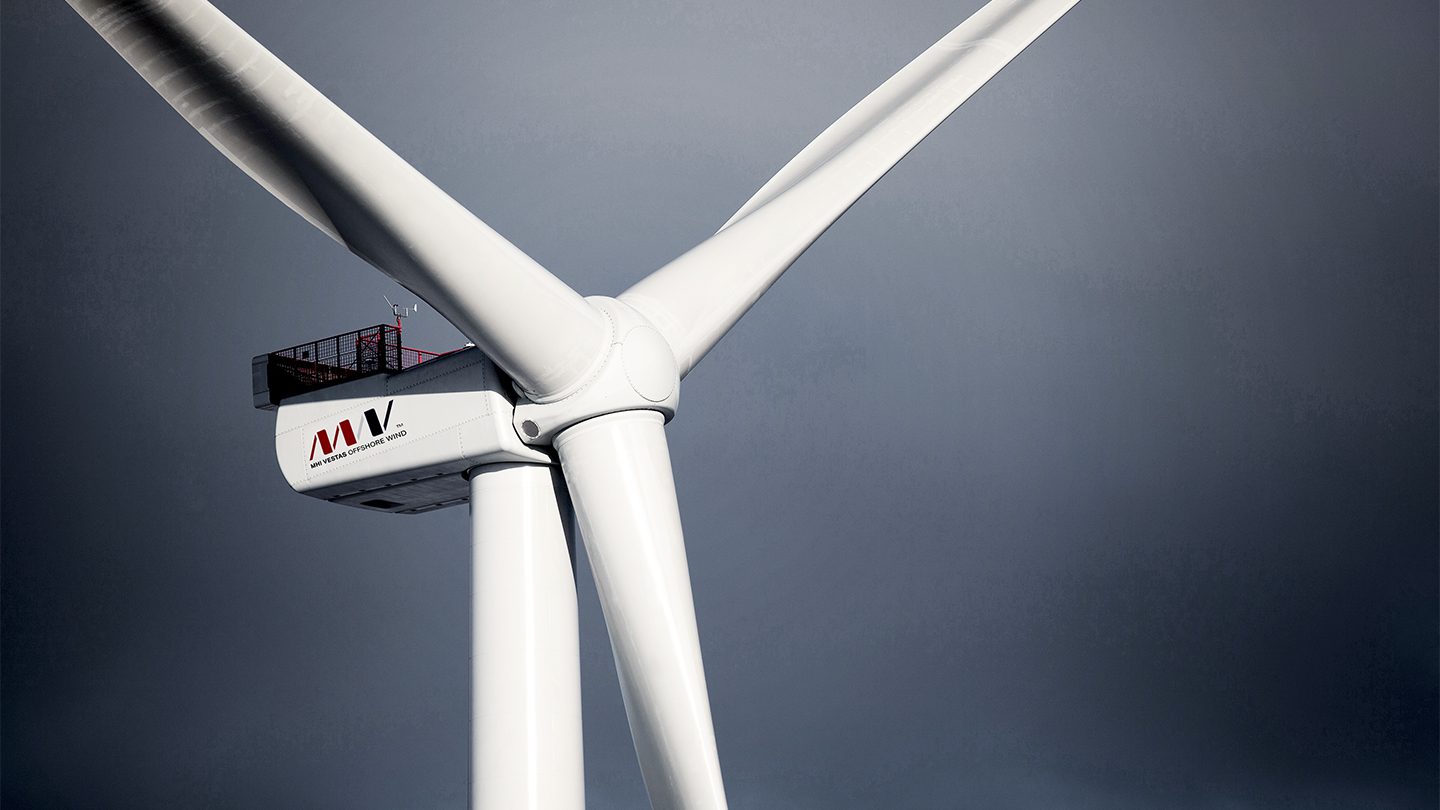By Stephen Stapczynski (Bloomberg) —
The world’s biggest project to capture and store carbon dioxide isn’t working like it should, highlighting the challenges oil companies face in tackling their greenhouse gas emissions.
Chevron Corp.’s system at the $54 billion Gorgon liquefied natural gas export plant in Australia missed a local government target to inject captured carbon dioxide underground, the San Ramon, California-based company said Monday. That’s a setback for energy companies globally that have staked their net-zero futures on the technology, which has shown limited success to date.
While Chevron has sequestered almost 5 million tons of carbon dioxide since the capture project began in August 2019, that’s fallen short of a target to capture an average 80% of emissions in the first five years of the LNG facility’s operation.
“Chevron is working with the Western Australia regulator on making up the shortfall,” the company’s Australia Managing Director Mark Hatfield said in a statement.
The company has buried only 30% of about 15 million tons of CO2 generated since Gorgon began producing gas in March 2016, oil industry publication Boiling Cold reported Friday.
Oil and natural gas producers are counting on carbon capture, or CCS, to succeed as they come under greater scrutiny from investors and governments to lower emissions. To limit global warming, about 10,000 large CCS facilities need to be built over the next five decades, according to Royal Dutch Shell Plc. There were fewer than 50 in operation last year.
Shell and ExxonMobil Corp. each hold 25% of Gorgon LNG, while Chevron has just over 47%.
Gorgon’s multibillion-dollar CCS project has been beset with technical issues, including problems with its pressure management system, according to Boiling Cold.
Instead of venting the CO2 into the atmosphere, which is the industry norm, Chevron’s plant is designed to manage pollution that’s produced from the offshore fields that feed the LNG facility. As the gas is sent to be liquefied for export, the CO2 is pumped into a reservoir more than 2 kilometers (1.2 miles) underground.
Western Australia’s government insisted on the CCS facility as a condition for approving Gorgon, which is expected to run for four decades. The state’s regulator has requested details on why Chevron missed its target, and Western Australia’s Environment Minister Amber-Jade Sanderson is seeking a meeting with the company.
“Gorgon’s failure poses a major problem for any oil and gas company betting on CCS to meet net zero,” said Ian Porter, the chairperson of Sustainable Energy Now, WA. “CCS simply does not work at the scale and at the price needed.”
–With assistance from James Thornhill.
© 2021 Bloomberg L.P.
Unlock Exclusive Insights Today!
Join the gCaptain Club for curated content, insider opinions, and vibrant community discussions.

 Join The Club
Join The Club












